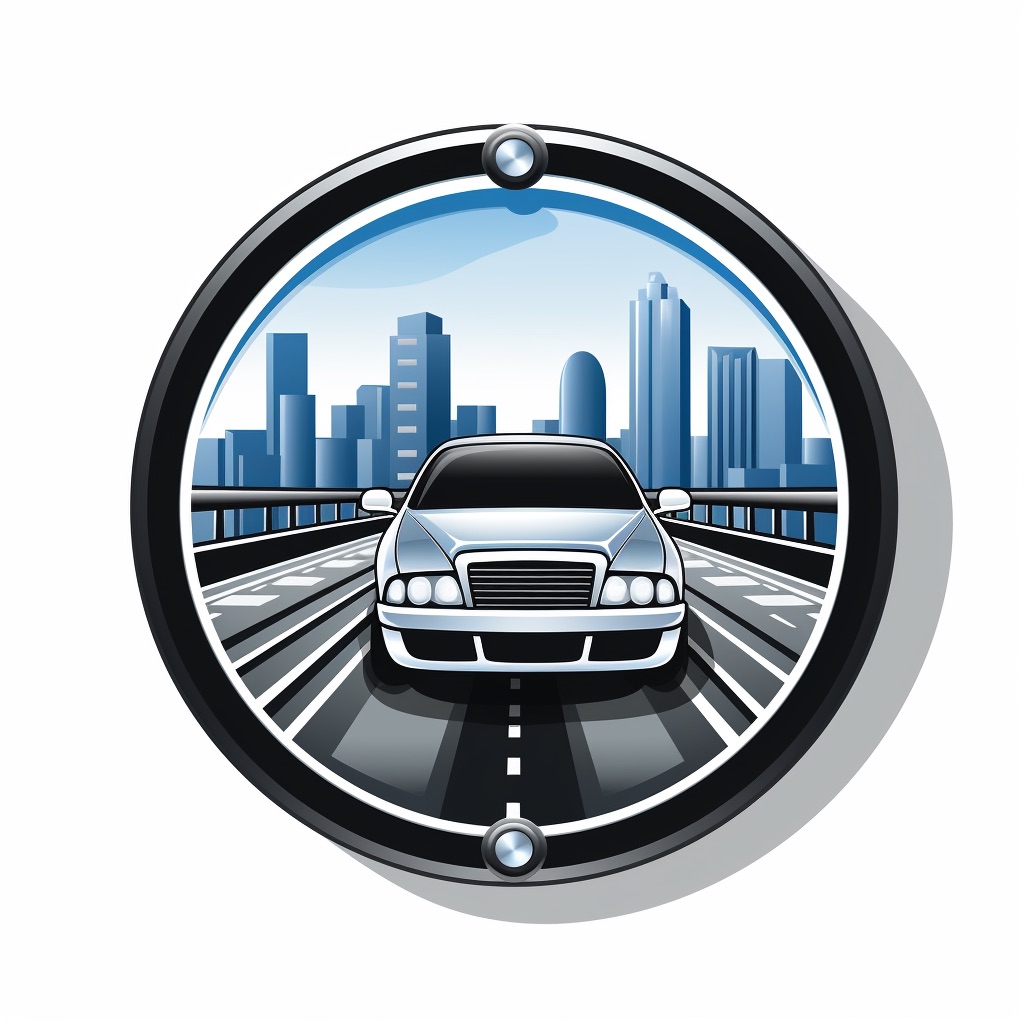Road rage is a phenomenon that occurs when drivers become angry, frustrated, or aggressive while behind the wheel. It can manifest as yelling, swearing, obscene gestures, or even physical violence. Road rage incidents can be triggered by a variety of factors, including traffic congestion, delays or accidents, and personal stressors. It can result in Criminal Charges.
Legal Consequences of Road Rage: is road rage a Crime?
Traffic Violations and Penalties
Road rage can result in a range of traffic violations for drivers. Aggressive driving behaviors on the road such as speeding, tailgating, and cutting off other drivers can all result in traffic violations. Other examples of traffic violations include running stop signs, red lights, or failing to yield to pedestrians. These types of traffic violations can result in fines, points on your driver’s license, increased insurance rates, and even license suspension. In addition to the standard consequences of traffic violations, road rage incidents may also lead to more severe penalties. For example, if a driver causes an accident or injury as a result of their aggressive behavior, they may face criminal charges.
Criminal Charges and Penalties
Road rage incidents that lead to accidents or injuries can result in criminal charges. Based upon the severity of the incident and the injuries sustained by those involved, the driver responsible for causing the incident could face charges ranging from misdemeanor reckless driving to felony assault with a deadly weapon. The penalties for these types of charges can vary depending on state laws and the specific circumstances surrounding each case. In some cases, drivers may face significant fines or even time behind bars.
Civil Liability for Damages
Drivers who engage in road rage incidents may also be held liable for any damages caused by their actions. This could include damage to other vehicles involved in an accident or medical bills resulting from injuries sustained during an altercation. In addition to civil lawsuits filed by individuals who were directly impacted by the incident, local governments may also pursue legal action against drivers responsible for road rage incidents that cause property damage or injury within their jurisdiction. It is clear that road rage can have serious legal consequences for drivers. From traffic violations and fines to criminal charges and civil liability for damages – aggressive driving behaviors should be avoided at all costs.
Definition of Road Rage
In simpler terms, road rage is any aggressive behavior displayed by drivers on the road. Road rage incidents can range from mild to severe. Mild cases may involve shouting or honking horns at other drivers in frustration. More severe cases may involve following too closely, cutting off other drivers aggressively, and even physical altercations.
Road Rage Safety Tips
Given the potential for road rage incidents to escalate quickly and cause harm to individuals on the road, it is essential to have safety tips in place to prevent these situations from occurring. Road rage endangers those involved in the incident and puts innocent bystanders at risk. Drivers who engage in aggressive driving behavior are more likely to cause accidents and put themselves and others at risk of injury or death. By following safety tips designed to minimize triggers for road rage incidents and mitigate their effects when they occur, we can all play a role in reducing this dangerous behavior on our roads. Understanding what road rage is and why it’s important to know how to prevent it is crucial for safe driving practices. In the next section of this article, we will explore some common causes and signs of aggressive driving that can lead to road rage incidents.
Causes and Triggers of Road Rage
Road rage is a common phenomenon that occurs when drivers become angry or frustrated behind the wheel. It can be caused by various factors, including traffic congestion, running late for an appointment, or feeling disrespected by other drivers. Some drivers may also have underlying psychological issues that contribute to their road rage. For example, individuals with anger management problems or personality disorders may be more prone to aggressive driving. One of the main reasons for road rage is stress. When drivers are stressed out, they are more likely to become agitated on the road. Stress can come from a variety of sources such as work, relationships, financial problems or personal issues. Drivers who are already feeling emotionally charged may be more susceptible to aggressive behaviors behind the wheel. Another trigger for road rage is perceived disrespect. Drivers who feel disrespected by other drivers on the road may become angry and retaliate with aggressive driving behavior such as tailgating or cutting off other vehicles. This sense of disrespect could stem from being cut off in traffic, being honked at unnecessarily or experiencing rude gestures from other motorists.
Signs of Aggressive Driving
Aggressive driving behaviors are often associated with road rage incidents. These behaviors can include speeding, tailgating, weaving in and out of traffic lanes and failing to yield to other vehicles on the road. Other signs of aggressive driving include flashing headlights repeatedly or honking unnecessarily. Drivers who exhibit these behaviors put themselves and others at risk on the roadways. Speeding and reckless driving can cause serious accidents that injure or kill innocent bystanders.
Consequences of Road Rage Incidents
Road rage incidents can have serious consequences for everyone involved. Not only do they put individuals at risk for injury or death in car accidents, but they can also lead to legal consequences like fines, license suspension or even jail time. Road rage incidents can have a lasting impact on an individual’s mental health. Drivers who experience road rage may become more fearful or anxious when driving and may avoid certain situations altogether. Drivers need to recognize the signs of road rage and take steps to prevent it from occurring. By understanding the causes and triggers of road rage, drivers can learn how to stay calm and focused when behind the wheel.

Road Rage Safety Tips
Road rage incidents can have serious consequences, including injury, property damage, legal repercussions, and even loss of life. Therefore, it is crucial to understand the importance of following road rage safety tips to prevent such incidents from occurring. By staying calm and avoiding confrontation with aggressive drivers, you not only avoid escalating the situation but also reduce your own stress levels. Planning ahead for your trip helps you avoid getting lost or stuck in traffic, which can be a major trigger for road rage. Defensive driving techniques like maintaining a safe distance from other vehicles and obeying traffic laws and signals can also reduce the likelihood of accidents. Following these safety tips benefits individual drivers and contributes to safer roads for everyone. When one driver exhibits erratic behavior on the road, it can cause a chain reaction that puts others at risk. By practicing safe driving habits and avoiding aggressive behavior, we can all contribute to a safer driving environment.
Remaining Calm on the Road
Driving can be a stressful experience, especially when encountering heavy traffic or aggressive drivers. However, it is important to remain calm in order to prevent road rage incidents. Being angry and confrontational on the road can lead to dangerous situations that put everyone at risk. Taking deep breaths and listening to calming music or podcasts can help reduce stress levels and keep drivers focused on the road ahead.
Avoiding Confrontation with Other Drivers
Maintaining a safe distance from other vehicles on the road is also important to avoid potential collisions. One way to avoid confrontation with other drivers is by avoiding eye contact with aggressive drivers. This can help prevent the escalation of anger or frustration between drivers. Defensive driving techniques such as using turn signals and obeying traffic laws and signals can also help prevent confrontations with other drivers.
Plan Ahead for Your Trip
Planning ahead before getting behind the wheel can make a huge difference in reducing stress levels while driving. Allowing ample time for travel means that there will be less pressure to rush or speed in order to arrive at your destination on time. Using GPS or maps can help avoid getting lost or stuck in traffic which are common triggers of road rage incidents. Avoiding rush hour traffic if possible can also help reduce stress levels on the road.
Practice Defensive Driving Techniques
Defensive Driving on the Road
Defensive driving techniques are essential for preventing road rage incidents and staying safe on the road. Keeping a safe distance from other vehicles on the road is crucial for avoiding potential collisions and reducing stress levels while driving. Using turn signals and obeying traffic laws and signals can also help prevent confrontations with other drivers.
Tips for Practicing Defensive Driving Techniques
In order to practice defensive driving techniques effectively, drivers should always maintain a safe distance from other vehicles on the road. Using the turn signals when changing lanes or turning is important as it communicates intentions to other drivers and helps prevent collisions. Obeying all traffic laws such as speed limits and stop signs can also help reduce stress levels while driving.

